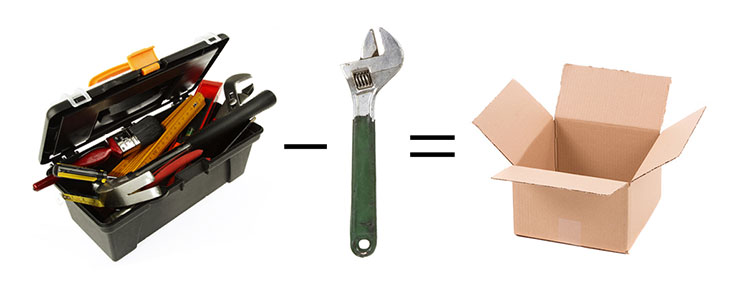D5: Compound Words, Part 3
1. Overview
Hear a two-syllable compound word and identify the last syllable, using picture cards as visual clues. Dividing a compound word into individual syllables is called analysis. Identifying the second syllable is more difficult than focusing on the first syllable, so it may take a while for your child to master this activity.
“Say toolbox, without tool…”
2. Materials
- Script
- word list
- picture cards (includes word index) – these are the same cards that were used in Compound Words, Part 1
3. Activity
Video: How to play Compound Words, Part 3
Before each round of the game, find the appropriate picture card (the word list will tell you which one to use). Go through the images on the picture card and name them, to make sure you and your child are using the correct word for each picture (e.g., bird, not robin). Name the pictures from left to right and from top to bottom.
Adult: [showing picture card] Let’s look at these pictures. They show a light, a lock, a bowl, and a box. Now you name each picture as I point to it. Child: Light. Lock. Bowl. Box. Adult: Good.Be sure to do this identification before introducing the compound word for your child to analyze. To start the game, you will say a two-syllable compound word from the provided word list, and have the child repeat it. Then ask her to tell you only the last word you say. Hold up the appropriate picture card to give her a visual clue.
Adult: I’m going to tell you a two-part word and ask you to tell me only the last part of the word I say. The last part of the word I say will be the same as one of these pictures. Here’s the word. Listen: toolbox. Say toolbox. Child: Toolbox. Adult: Now say toolbox, but don’t say tool. What is the last word in toolbox? Look at the pictures. Do you see the word in one of these pictures? Child: Lock. Adult: Let’s try again. Listen: toolbox. Tool…box. What’s the last word I said when I said tool…box? Child: Box! Adult: That’s right.Go through the other words in the word list until your child stops paying attention. You can continue the activity at your next session. NOTE: Be careful not to add an extra “the” to your instructions, as in: “Say toolbox without the tool.” The extra word will just confuse your child. ↑ Top
4. Confidence Builder
Hold up the appropriate picture card, point to each picture and name it. Then ask one by one, whether that picture fits the answer you’re looking for:Adult: Look at these pictures: ball, bow, ham, and horse. Is rainbow without rain a horse? Child: No. Adult: No, I didn’t say rain-horse. Is rainbow without rain a bow? Child: Yes!↑ Top


One Response to “D5: Compound Words, Part 3”
Freda Williams
Again I love the activities and the specificity of the directions and how each lesson builds on the next one for children systematically. There are so many missing pictures for the word list given it does make it difficult to play the games without second guessing which words can’t be done or I have to make my own picture for.